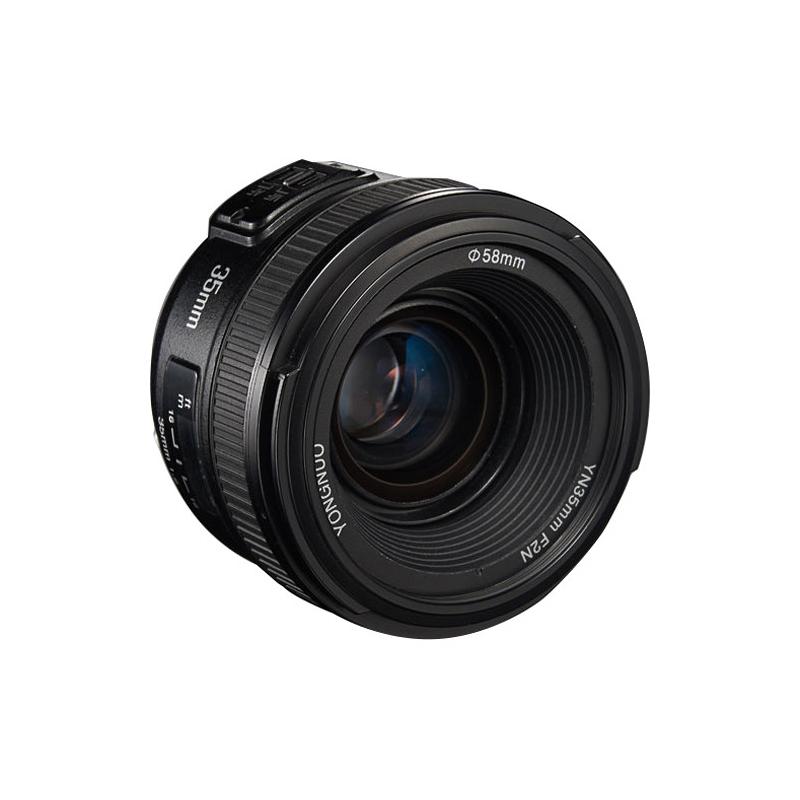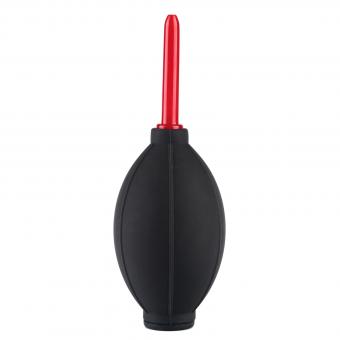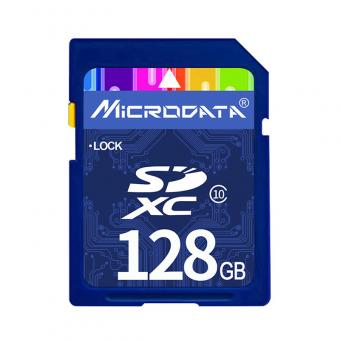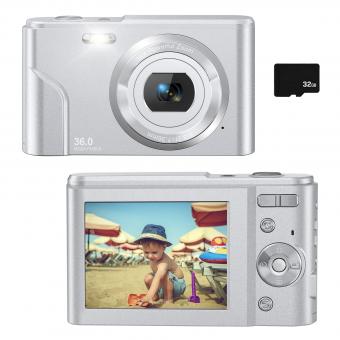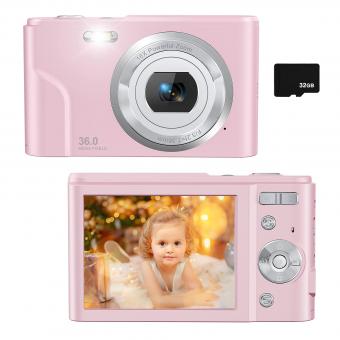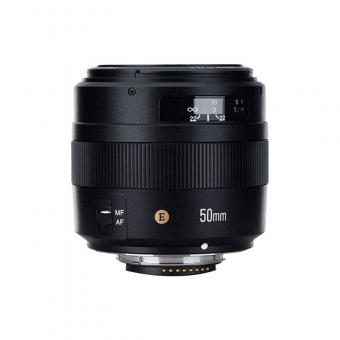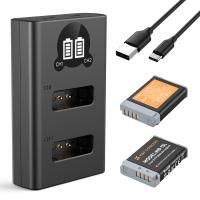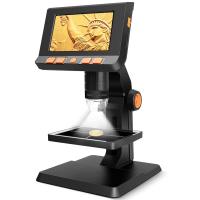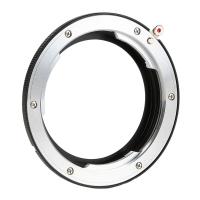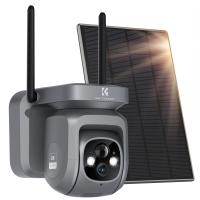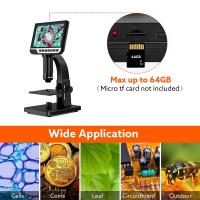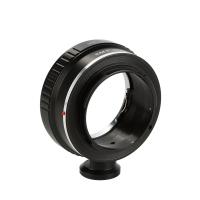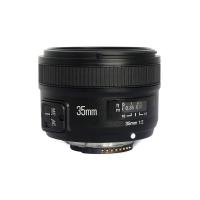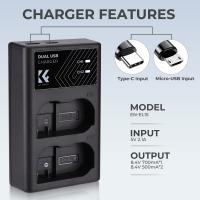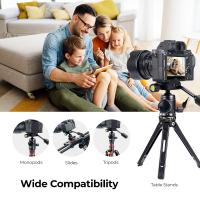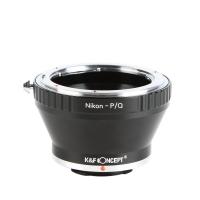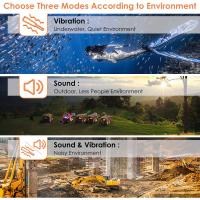How Are Digital Cameras Used ?
Digital cameras are used to capture and store photographs in a digital format. They are operated by pressing a button to take a picture, which is then saved onto a memory card or internal storage. The images can be viewed on the camera's screen or transferred to a computer or other device for further editing or sharing. Digital cameras offer various features and settings, such as zoom, flash, and different shooting modes, allowing users to adjust the camera's settings to suit their needs and preferences. They have become widely popular due to their convenience, ease of use, and the ability to instantly view and share photos.
1、 Capturing and storing high-quality digital images and videos.
Digital cameras are used for capturing and storing high-quality digital images and videos. They have revolutionized the way we capture and preserve memories, replacing traditional film cameras with their advanced technology and convenience.
Digital cameras work by using an image sensor to capture light and convert it into digital data. This data is then processed and stored on a memory card or internal storage. The images can be viewed instantly on the camera's LCD screen, allowing users to review and delete unwanted shots.
One of the key advantages of digital cameras is their ability to store a large number of images on a single memory card. This eliminates the need for film rolls and allows users to take hundreds or even thousands of photos without worrying about running out of film. Additionally, digital cameras offer the flexibility to easily transfer images to a computer or other devices for editing, sharing, and printing.
In recent years, digital cameras have seen significant advancements in terms of image quality and features. Many cameras now offer high-resolution sensors, allowing for incredibly detailed images. They also come equipped with various shooting modes, such as manual, automatic, and scene modes, to cater to different photography needs.
Furthermore, digital cameras have become more compact and lightweight, making them highly portable and convenient for everyday use. They also often include built-in Wi-Fi or Bluetooth connectivity, enabling seamless transfer of images to smartphones or tablets for instant sharing on social media platforms.
In conclusion, digital cameras are used for capturing and storing high-quality digital images and videos. They have evolved to offer improved image quality, advanced features, and enhanced connectivity options, making them an essential tool for both amateur and professional photographers.
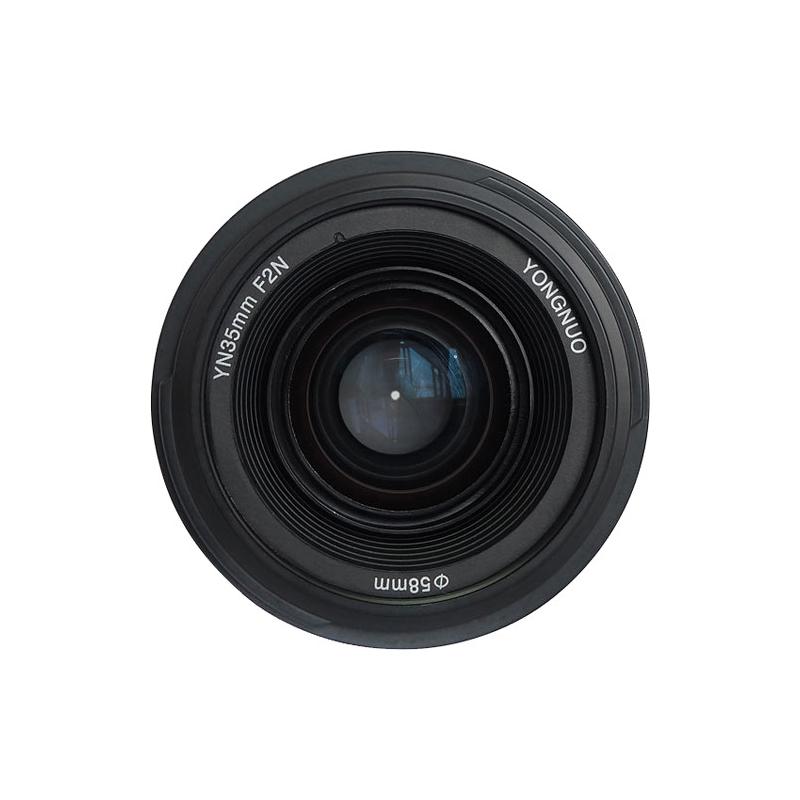
2、 Adjusting settings for optimal exposure, focus, and white balance.
Digital cameras are used in a variety of ways, from capturing everyday moments to professional photography. One of the key aspects of using a digital camera is adjusting settings for optimal exposure, focus, and white balance.
Exposure refers to the amount of light that enters the camera sensor, and it can greatly impact the final image. By adjusting the exposure settings, photographers can control the brightness or darkness of their photos. This is particularly important in situations where the lighting conditions are challenging, such as low-light environments or high-contrast scenes.
Focus is another crucial aspect of photography. It determines which part of the image appears sharp and in focus. Digital cameras offer various focusing modes, including manual and automatic options. By adjusting the focus settings, photographers can ensure that their subject is clear and well-defined.
White balance is the process of adjusting the colors in an image to appear natural under different lighting conditions. Different light sources, such as sunlight, fluorescent lights, or incandescent bulbs, emit different color temperatures. By adjusting the white balance settings, photographers can ensure that the colors in their photos appear accurate and true to life.
In addition to these fundamental settings, digital cameras also offer a range of advanced features and modes. These can include options for shooting in different formats (such as RAW or JPEG), adjusting ISO sensitivity, selecting different metering modes, and utilizing various shooting modes like aperture priority, shutter priority, or full manual control.
With the advancements in technology, digital cameras have become more user-friendly and intuitive. Many cameras now offer automatic modes that can analyze the scene and adjust the settings accordingly. This allows even beginners to capture high-quality images without having to manually adjust every setting.
Overall, digital cameras are used by adjusting settings for optimal exposure, focus, and white balance. These settings, along with the latest advancements in technology, allow photographers to capture stunning images in a wide range of situations.
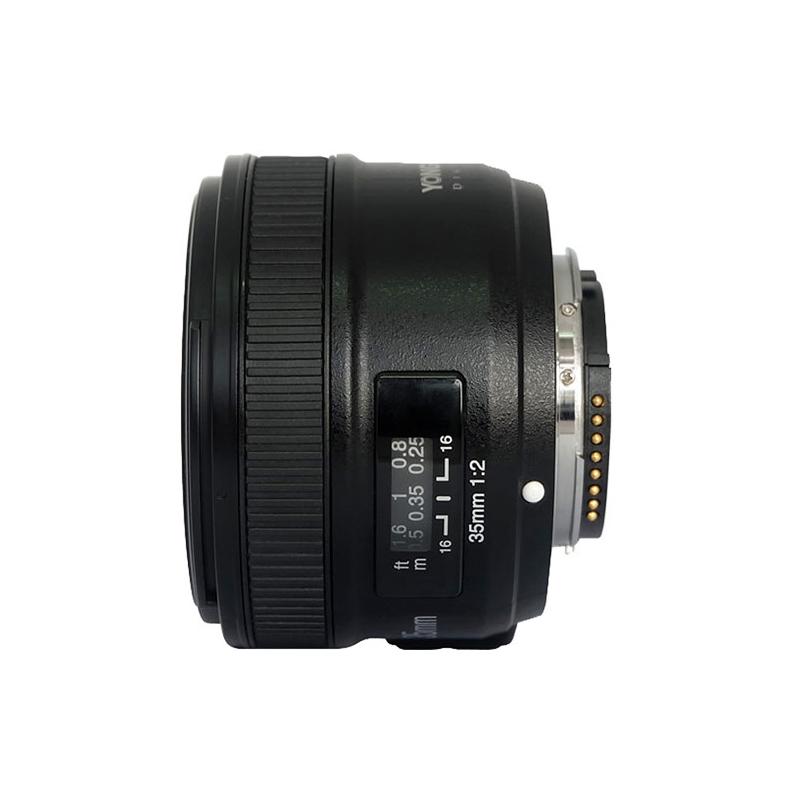
3、 Utilizing various shooting modes and creative features.
Digital cameras are used in a multitude of ways, ranging from casual photography to professional applications. With the advancement of technology, digital cameras have become more versatile and user-friendly, offering a wide range of shooting modes and creative features to enhance the photography experience.
One of the primary uses of digital cameras is capturing high-quality images. Whether it's a family gathering, a scenic landscape, or a special event, digital cameras allow users to capture moments with exceptional clarity and detail. The latest digital cameras are equipped with high-resolution sensors, enabling users to capture images with stunning sharpness and vibrant colors.
Digital cameras also offer various shooting modes that cater to different scenarios. For instance, there are modes like portrait, landscape, sports, and night mode, each optimized for specific shooting conditions. These modes automatically adjust settings such as aperture, shutter speed, and ISO to ensure the best possible results in different situations.
Moreover, digital cameras provide creative features that allow photographers to experiment and express their artistic vision. Features like manual mode, which gives users full control over settings, enable photographers to have complete creative freedom. Additionally, many cameras offer built-in filters and effects that can be applied in real-time, allowing users to add unique touches to their photos.
In recent years, digital cameras have also seen advancements in connectivity options. Wi-Fi and Bluetooth capabilities enable users to instantly transfer photos to their smartphones or other devices, making it easier to share images on social media or with friends and family.
Overall, digital cameras are used by individuals of all skill levels, from amateurs to professionals, to capture moments, explore creativity, and document the world around us. With the ever-evolving technology, digital cameras continue to offer new features and capabilities, making photography more accessible and enjoyable for everyone.
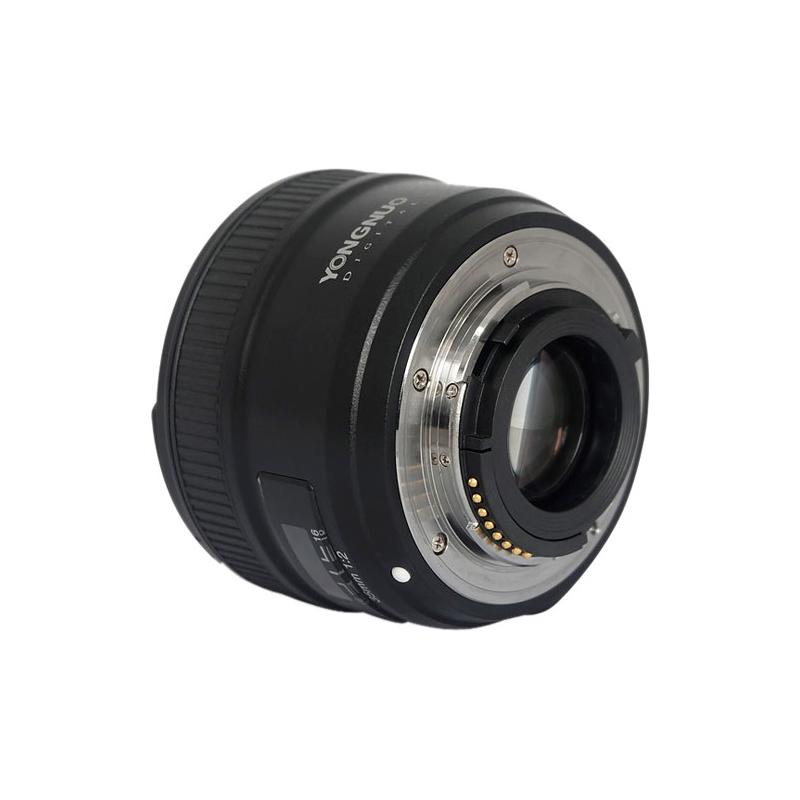
4、 Transferring and sharing images through digital platforms.
Digital cameras are used in various ways to capture and preserve moments in our lives. They have revolutionized the way we take photos, making it easier and more convenient than ever before. One of the primary uses of digital cameras is to capture high-quality images. With advanced features such as autofocus, image stabilization, and high-resolution sensors, digital cameras allow users to take professional-looking photos with ease.
However, the use of digital cameras goes beyond just capturing images. One of the most significant advantages of digital cameras is the ability to transfer and share images through digital platforms. With the rise of social media and online photo-sharing platforms, such as Instagram and Facebook, people can instantly share their photos with friends, family, and even the world. This has transformed the way we communicate and connect with others, as photos have become a universal language that transcends barriers.
Moreover, digital cameras have also made it easier to edit and enhance photos. With built-in editing features and the availability of various photo editing software, users can now adjust the brightness, contrast, and colors of their images, as well as apply filters and effects to create stunning visual compositions. This has empowered individuals to express their creativity and artistic vision through photography.
In recent years, the advent of smartphone cameras has further revolutionized the use of digital cameras. With the majority of people now owning smartphones with high-quality built-in cameras, the use of standalone digital cameras has declined. However, professional photographers and enthusiasts still prefer dedicated digital cameras for their superior image quality and advanced features.
In conclusion, digital cameras are used not only to capture high-quality images but also to transfer and share them through digital platforms. They have transformed the way we communicate and connect with others, allowing us to instantly share our photos with the world. Additionally, digital cameras have made it easier to edit and enhance photos, enabling individuals to express their creativity and artistic vision. While smartphone cameras have become increasingly popular, dedicated digital cameras still hold a special place for professional photographers and photography enthusiasts.
